

This guide provides in-depth information on China 3 8 threaded rod, covering types, applications, quality considerations, and sourcing strategies. Learn about different materials, specifications, and best practices for selecting and using this essential component in various industries.
China 3 8 threaded rod, commonly referred to as 3/8 inch threaded rod, is a widely used fastener in construction, manufacturing, and engineering projects. Its versatility stems from its simple design and robust strength. Understanding the different types available is crucial for selecting the right rod for your specific application. This includes understanding material composition (e.g., steel, stainless steel, brass), surface treatments (e.g., zinc plating, galvanizing), and thread types (e.g., metric, UNC, UNF).
The choice of material greatly impacts the strength, durability, and corrosion resistance of the China 3 3/8 threaded rod. Common materials include:
China 3 8 threaded rod comes in various thread types, each with its own specifications. Understanding these specifications is crucial for ensuring proper fit and function. Common thread types include:
Refer to industry standards like ISO and ANSI for detailed specifications on thread pitches, diameters, and tolerances. Always ensure the rod meets the specific requirements of your application. Incorrect thread selection can lead to failure and compromise project integrity.
Finding a reliable supplier is essential for ensuring the quality and consistency of your China 3 8 threaded rod. Factors to consider when selecting a supplier include:
Hebei Muyi Import & Export Trading Co., Ltd. (https://www.muyi-trading.com/) is a reputable supplier specializing in high-quality fasteners. Their expertise and commitment to quality make them a valuable resource for sourcing China 3 8 threaded rod.
China 3 8 threaded rod finds applications across various industries, including:
Ensuring the quality of your China 3 8 threaded rod is critical. Check for defects such as surface imperfections, bent rods, and damaged threads. Always conduct thorough inspections upon delivery. Using a reputable supplier with rigorous quality control measures significantly reduces the risk of receiving substandard products.
Selecting the appropriate China 3 8 threaded rod involves careful consideration of various factors, including material, thread type, and supplier reliability. By understanding these aspects and employing best practices, you can ensure the successful and safe implementation of this crucial component in your projects. Remember to always consult relevant industry standards and prioritize quality control throughout the process.

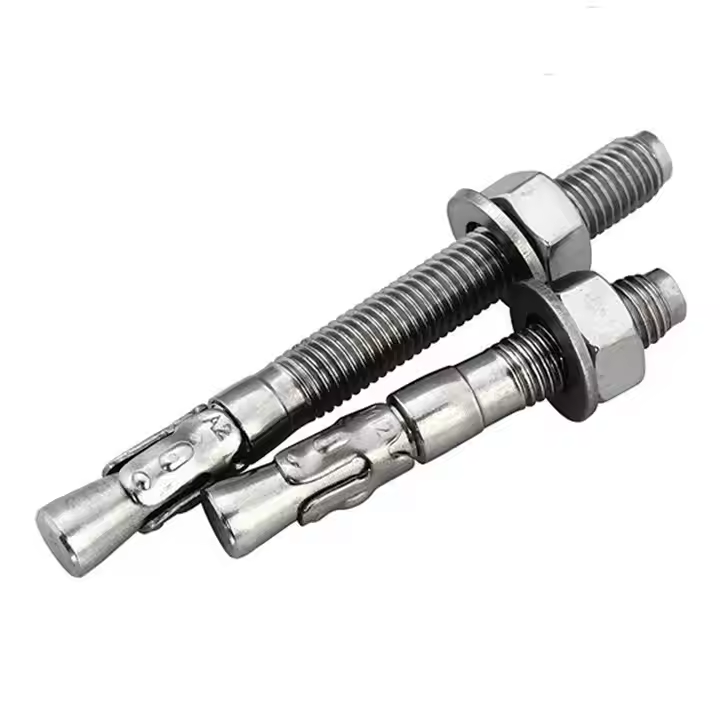
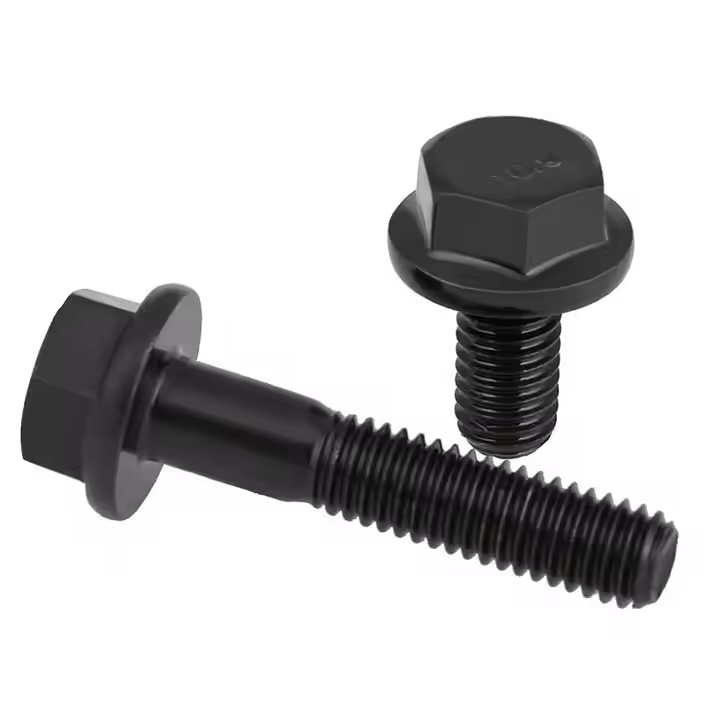
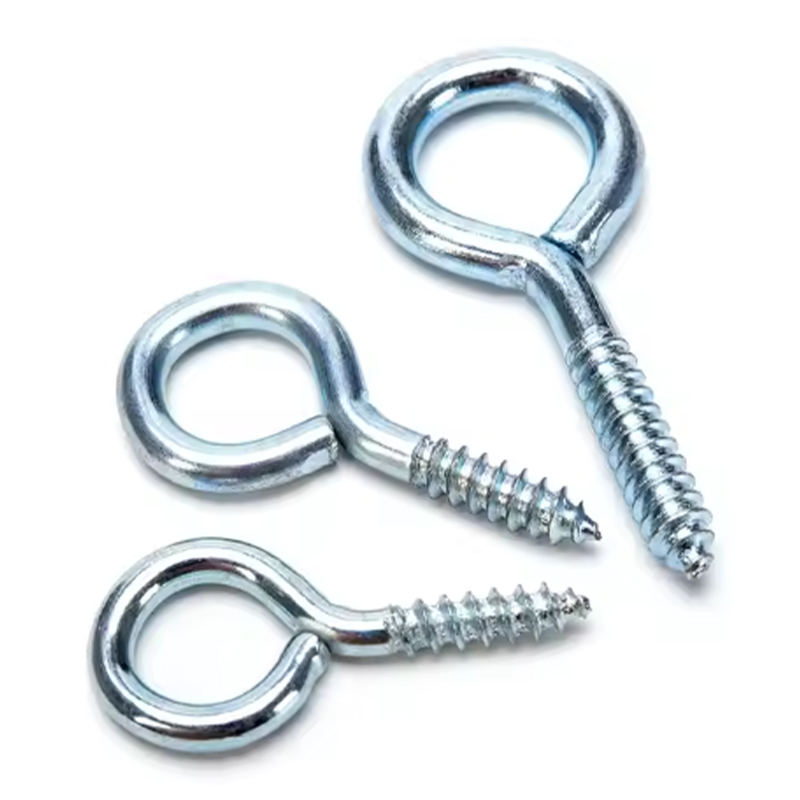

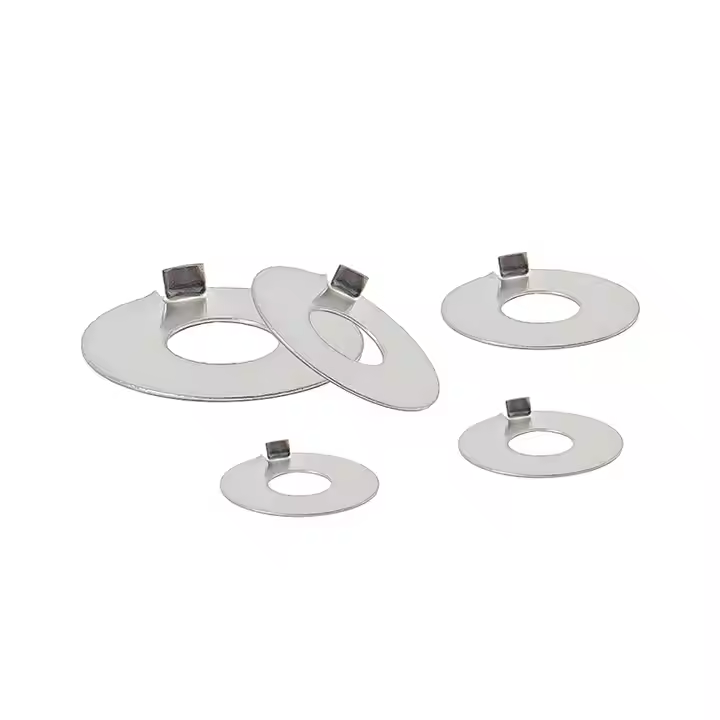
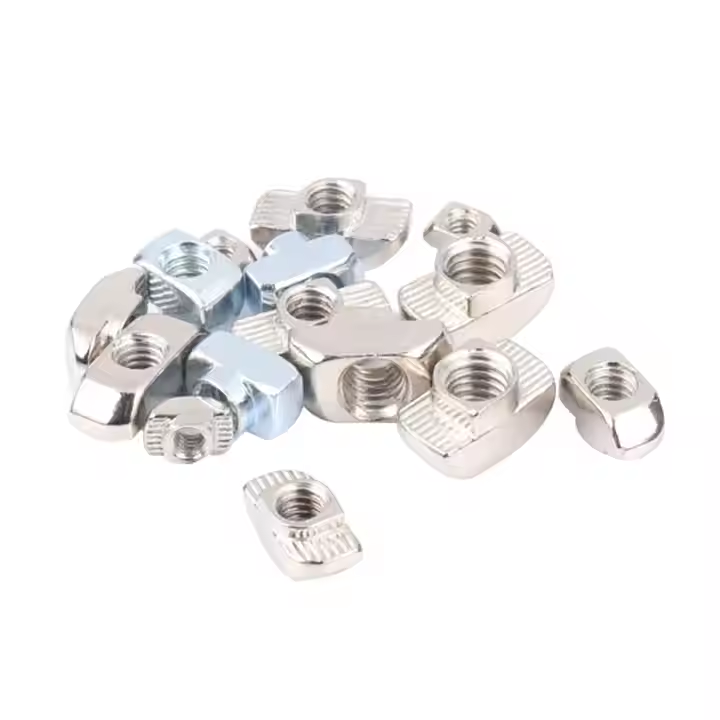
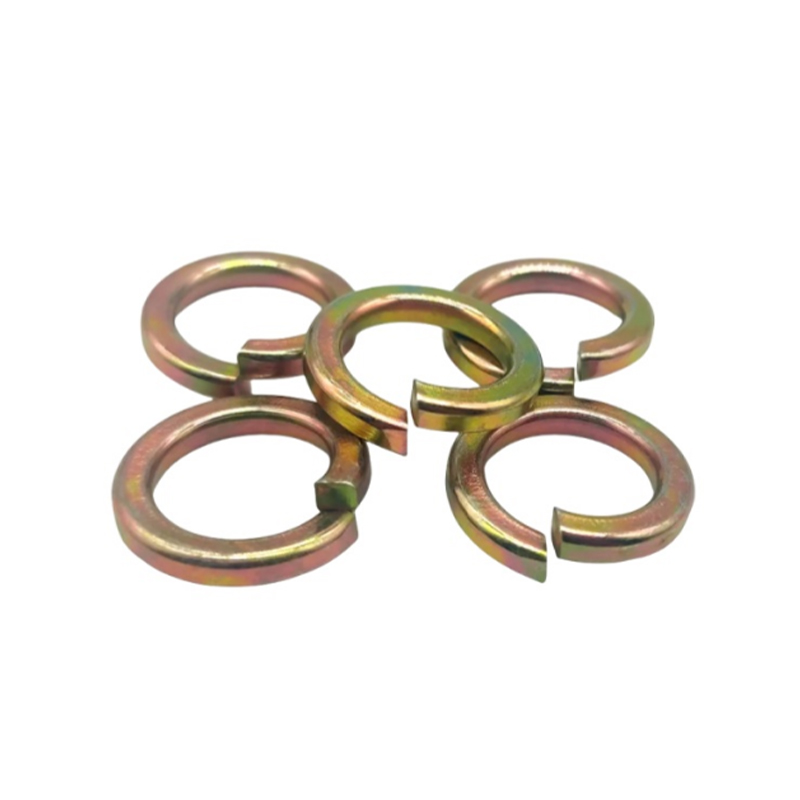
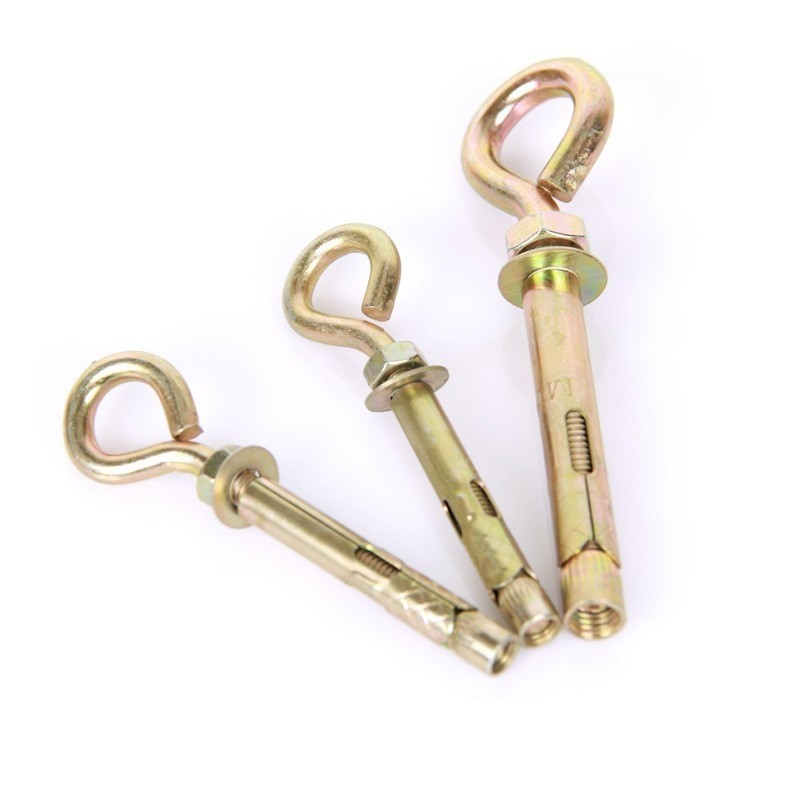
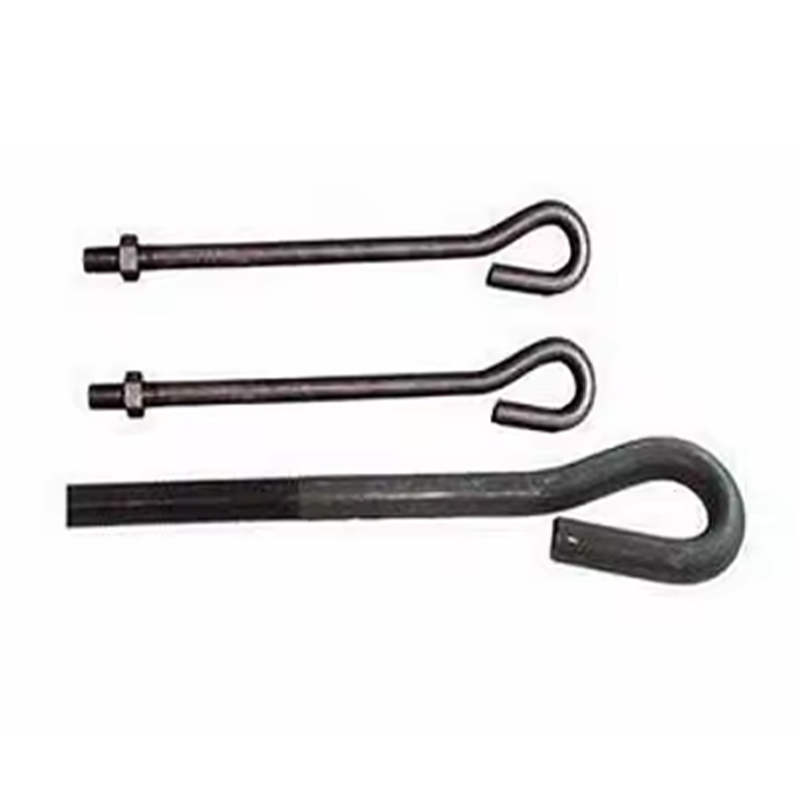
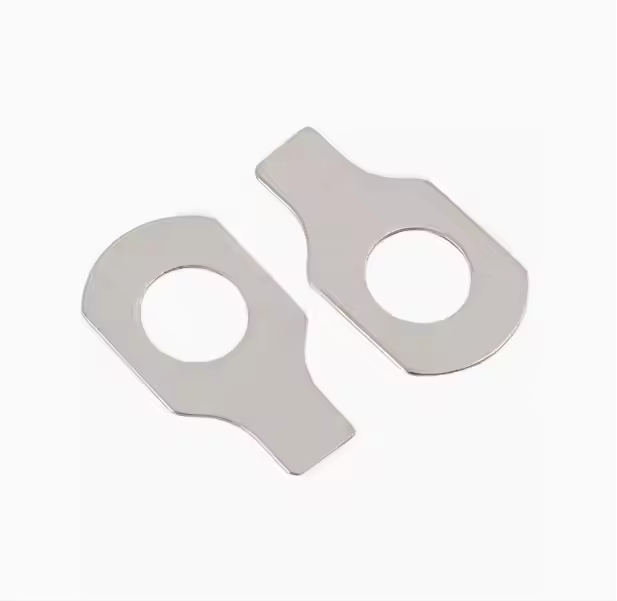


Please enter your email address and we will reply to your email.